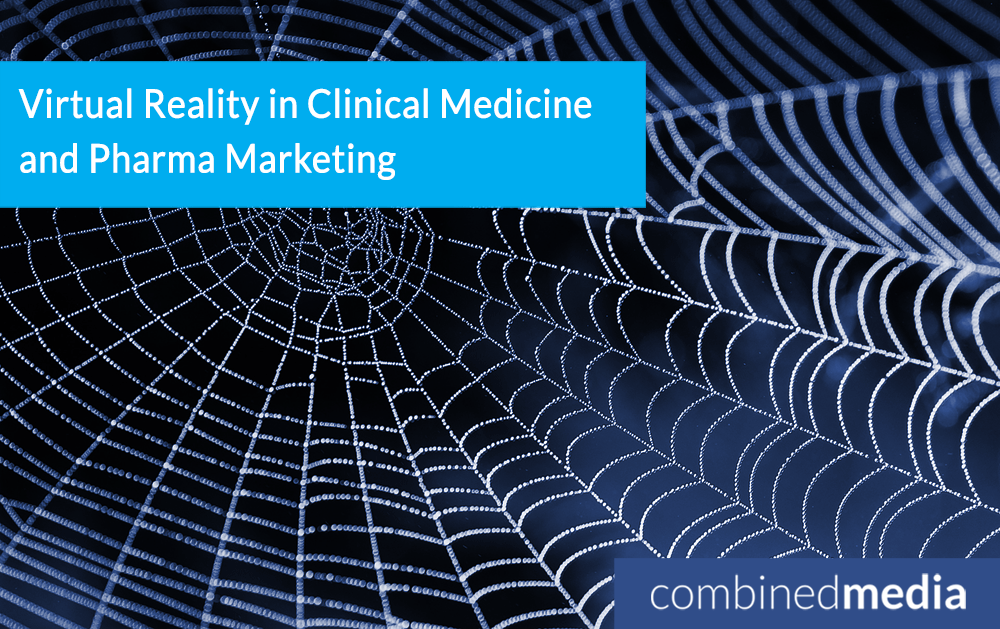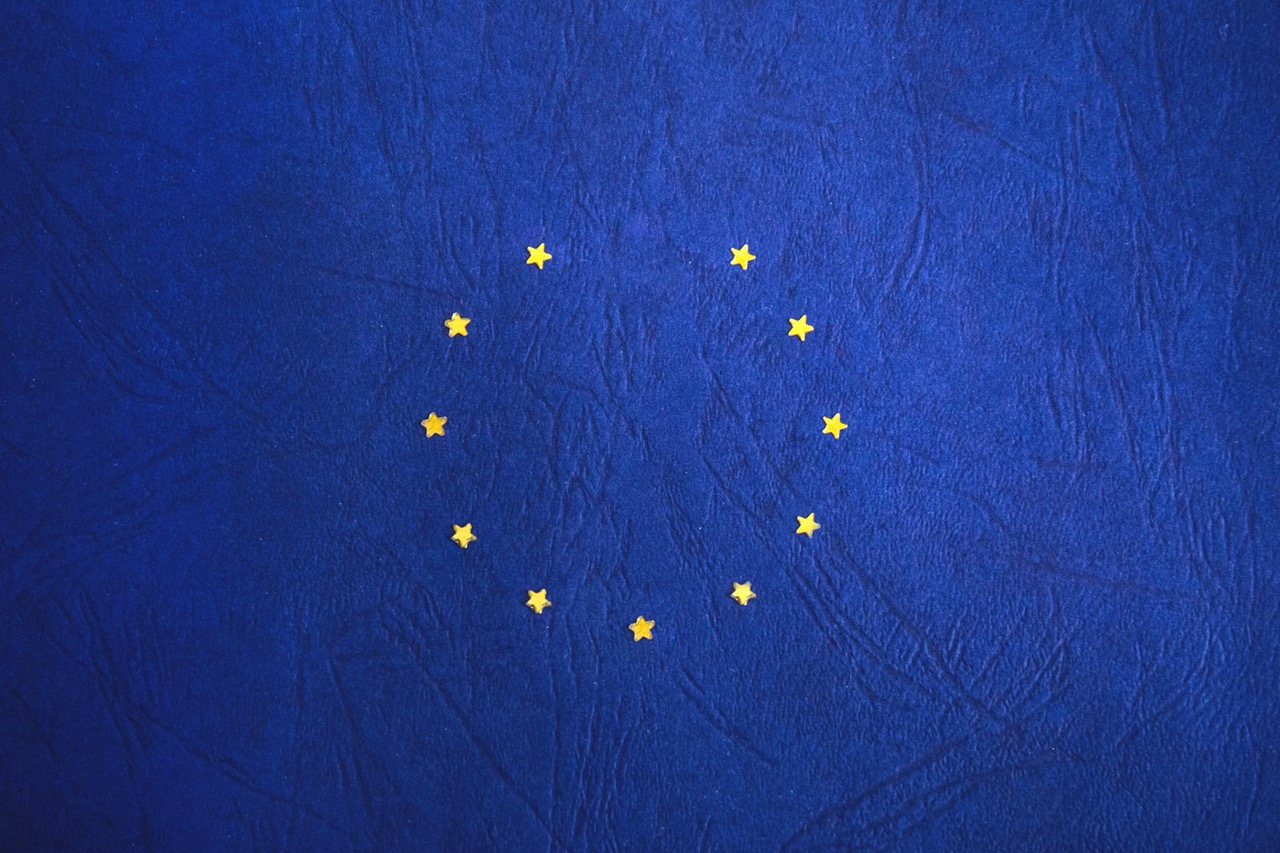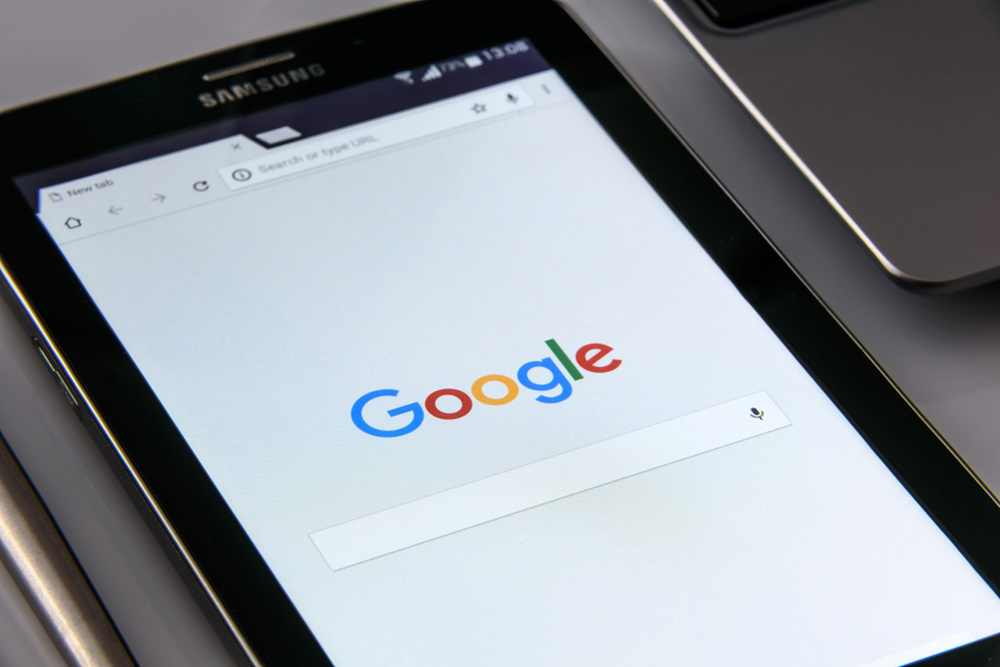
Virtual Reality in Clinical Medicine and Pharma Marketing
Are you arachnophobic? Do you have an irrational fear of spiders? The solution to overcome your phobia could be an actual Halloween-style spider experience that involves you being in a virtual environment with spiders. This is according to the Virtual Reality Medical Centre and it is only one of the many applications of Virtual Reality for clinical purposes.
Healthcare, pharma and biotech are probably the industries with some of the most inspiring results among those that have been experimenting with VR in the past few years.
Expanding from the entertainment industry, in recent years there has been a wide range of applications of Virtual Reality, as well as Augmented Reality and 360 Videos in clinical medicine and pharma.
The reason of this success, albeit in its infancy, lies in the fact that pharma companies need to understand and communicate with doctors and consumers in different ways, not limited to their purchasing behaviours, but including learning patterns, consumption habits, knowledge gaps and needs, drugs adherence behaviours and so on. They also need to craft their messages to cut through the noise of permeating health information available online. VR seems to do that in a functional and engaging way, by providing multi-sensory three-dimensional environments through the combination of different technologies.
The followings are some examples of applications of VR, AR and 360 videos in healthcare and pharma.
Health Product Demos
A promising use of VR is in the pharma industry is the creation of health product demos for sales reps. Sales reps are a well-established marketing technique but with many representatives visiting GPs and limited amount of time, doctors get easily confused with the amount of information provided and many leave behind pieces just stack up or are thrown away.
Even if there aren’t many examples of VR uses for sales reps, and no relevant data to support its cost effectiveness, few companies are experimenting with the use of VR for health product demos. For example, Novartis created a VR application showing a 360 degree, three dimensional animation of how molecules interacted with certain body tissues. A company called Amplified Robot used AR to demonstrate the hypothetical mode of action for a drug. This could be used to enable patients to see how a drug works instead of reading instructions from their package.
Advantages of VR product demonstrations are undeniable.
“Physicians generally are visual learners. We learn by seeing. […] Virtual reality technologies done well, remove environmental distractions and play to our visual learning, which combined with novelty, facilitate customer engagement.”
In addition to that
“there is no other “leave behind” marketing tool that the provider will actively show his or her colleague after the rep leaves.”[1]
In a study done by Manchester Metropolitan University, it was shown that by using AR with Google Glass, 72 per cent of participants could remember information better. This means VR could help HCPs remember information about drugs.
Healthcare, pharma and biotech are probably the industries with some of the most inspiring results among those that have been experimenting with VR in the past few years.
Training and Education
There’s a clear trend in the medical world towards more engaging educational tools:
- • most medical professionals say that they are mainly interested in educational materials;
- • more than 50% say that they would be interested in using VR to learn;
- • 96% of physicians agree that VR engagement can be more valuable than websites and other clinical tools used for patient education.
- • Surgical training:
- • in 2016 a surgeon from the Royal London Hospital used virtual reality to work in real time with surgeons from other parts of the world who “virtually appeared” in operating theatre to help with cancer surgery;
- • Osso VR is an example of surgical training platform.
- • Simulation of medical conditions:
- • The Excedrin® Migraine Experience campaign used VR to show those around migraine sufferers to experience what migraine feels like
- • AR has been used to help patients with eye conditions and train carers by showing them a simulation of the condition
- • An agency has been exploring the use of AR to help diabetic patients understand the disease:
“By pointing a camera at the pancreas on a physical wall-chart of the human body, AR software displays a pop-up animation of the pancreas producing insulin and the cell’s uptake of it. This allows patients to visualize their condition in ways never before possible and provides a catalyst for focused conversation with their PCP.”[2]
- • Virtual Space Training: VR can be used to build virtual environments like a laboratory where users can find information about the use of equipment and where it is placed.
Therapeutic Uses
Probably one of the most successful uses of VR are its therapeutic applications, including:
- • Pain management, as in the case of SnowWolrd app the first full immersive environment designed to reduce pain by acting on the psychological component of the pain experience
“Clinical trials suggest significant reductions in pain during wound care while in the VR environment”[3];
- Helping patients overcome phobias by simulating anxiety triggers;
- • VR was used by LOROS hospice in Leicester to simulate a walk in the park for terminally-ill patients;
- • Virtual Reality company MindMaze designed a medical virtual environment to help patients recover from amputations, and explored uses of the technology for neurological problems such as post-traumatic stress disorder, Parkinson’s disease, cerebral palsy, and autism.
[1] https://www.pm360online.com/virtual-reality-in-pharmaceutical-marketing-the-targets-point-of-view/
[2] http://www.pharmavoice.com/article/2016-11-virtual-reality/
[3] http://www.pmlive.com/pharma_news/virtual_reality_939386
[4] http://fortune.com/2016/02/22/mindmaze-treats-amputee-veterans-with-vr/

What were the threats faced by pharma after Brexit and where do we stand now?
Despite the challenges faced on many fronts, we believe that Brexit presents significant potential opportunities for pharma and healthcare industries based in Ireland, for a number of reasons.

Search Engine Marketing for Healthcare Companies
You might have heard of Search Marketing, Search Engine Marketing or Search Engine Optimization and wondered what the difference among them is and, most importantly, if your healthcare company is using the right Search Marketing techniques to gain website traffic and visibility on search engines

Online Targeting Options for Pharma
Finding your audience online is challenging, particularly in the case of pharma and healthcare. Nonetheless, through a combination of digital channels, it is possible to reach many audience categories with minimum waste of ad impressions.